With a virtual machine, you can dabble in all kinds of alternative operating systems, like installing Windows 10 inside Linux. Here's how.
If you're looking to try out some alternative operating systems like Linux, it's pretty straightforward to do so on Windows 10 inside a virtual machine.
The reverse is also true. If you're using Linux on your desktop or laptop, it's incredibly easy to install Windows 10 inside a virtual machine giving you full access to Microsoft's desktop OS.
Here's what you need to know about getting set up.
About this guide and installing Virtualbox
There are naturally several different Linux distros out there that look and operate a little differently to each other. Still, the steps here are fairly universal and should be suitable for a wide range.
We'll be using Virtualbox to handle the virtual machine on Linux Mint, which is based on Ubuntu. Virtualbox has downloads for most major distros on its site, while some like Manjaro may need some more specific steps.
Before you begin you'll need to download and install Virtualbox and grab the latest Windows 10 64-bit ISO.
How to install Windows 10 in Virtualbox
Once you have Virtualbox installed on your Linux system, the setup and installation process for a Windows 10 virtual machine takes only a matter of minutes.
-
Open Virtualbox.
- Click on new.
-
Enter a name to identify your virtual machine, in this case Windows 10.
- Make sure the type dropdown box says Microsoft Windows.
- Make sure the version dropdown box matches your Windows 10 ISO.
-
Choose how much RAM you want to allow your virtual machine to use. Generally speaking, the more, the better.
-
At the next screen make sure the box marked create a virtual hard disk now is checked.
-
Check the VDI (Virtualbox Disk Image) box.
-
Decide whether you want a dynamic or fixed hard drive for your virtual machine based on your own system and needs. Here we're going with a fixed drive.
-
Choose how much storage space you wish to allocate your virtual machine. At least 25GB is a good starting point, but allocate more based on your own use case.
- Click create.
Virtualbox will now create the container you need to install Windows 10 and run it as a virtual machine. Now, you're ready to actually get into Windows 10.
Click the big green start in your Virtualbox window, and when the box above appears, simply select the ISO you downloaded for Windows 10 as the startup disk. When you click the start button now, Virtualbox will fire up a virtual PC for you to use and will begin the Windows 10 install process just as you might see when installing natively on a PC.
From here, you simply need to go through the Windows install process, and once everything is completed and you're logged in, you will be staring at a fully operational Windows 10 PC inside a window on your Linux machine.
Alternatives to Virtualbox
Linux being as broad as it is, there are, of course, options when it comes to virtual machine software. For the purposes of this guide, I've focused on Virtualbox in part because it's just easy to set up and rarely seems to have issues.
It's not the most elegantly designed piece of software, though, and there are certainly alternatives available. Some of those include GNOME Boxes QEMU and Virtual Machine Manager (pictured above), though, in my experience, GNOME Boxes has been a little unreliable.
Whichever you choose, though, getting a Windows 10 virtual machine running on Linux is a piece of cake whatever it is you need it for.

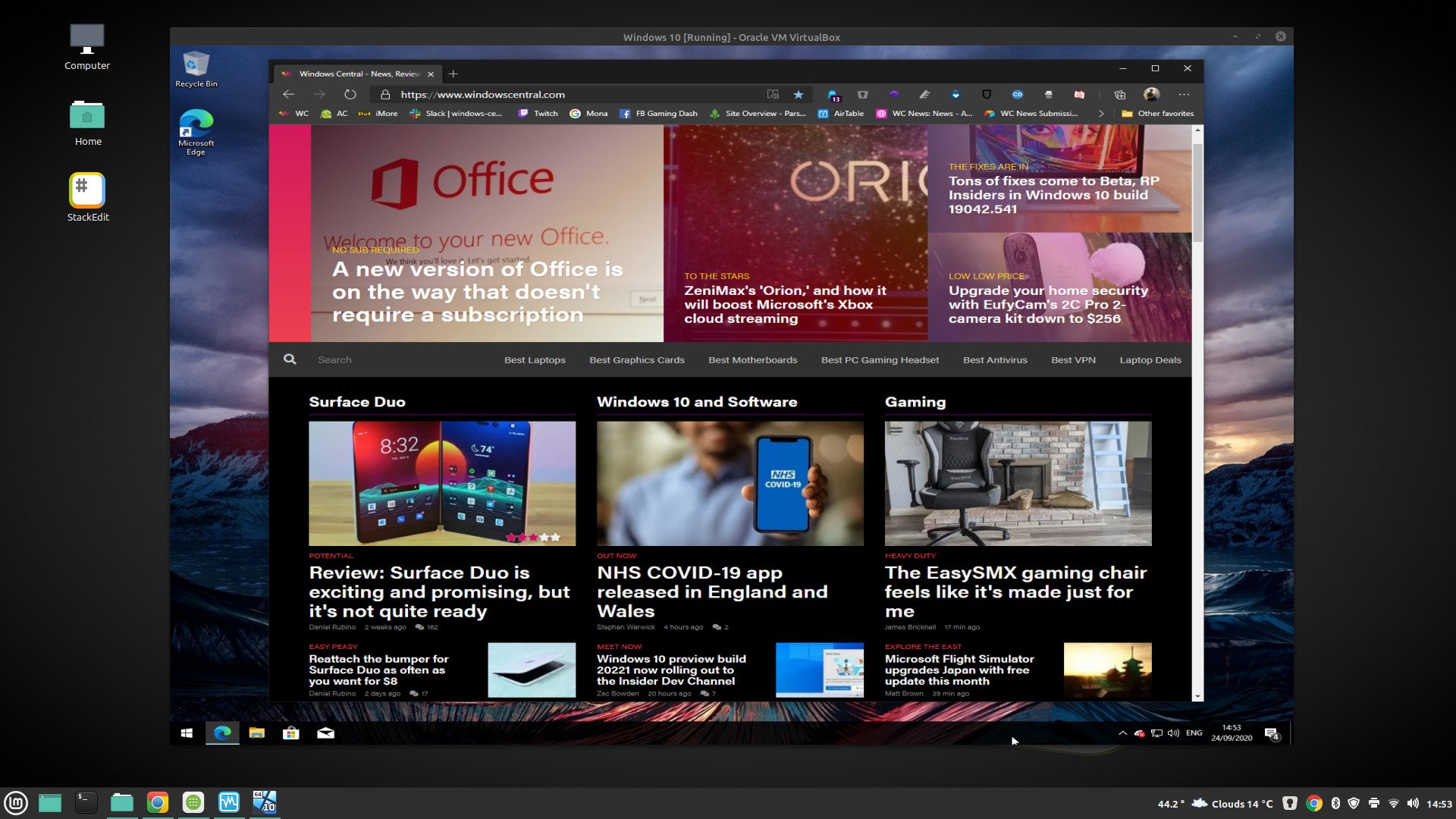
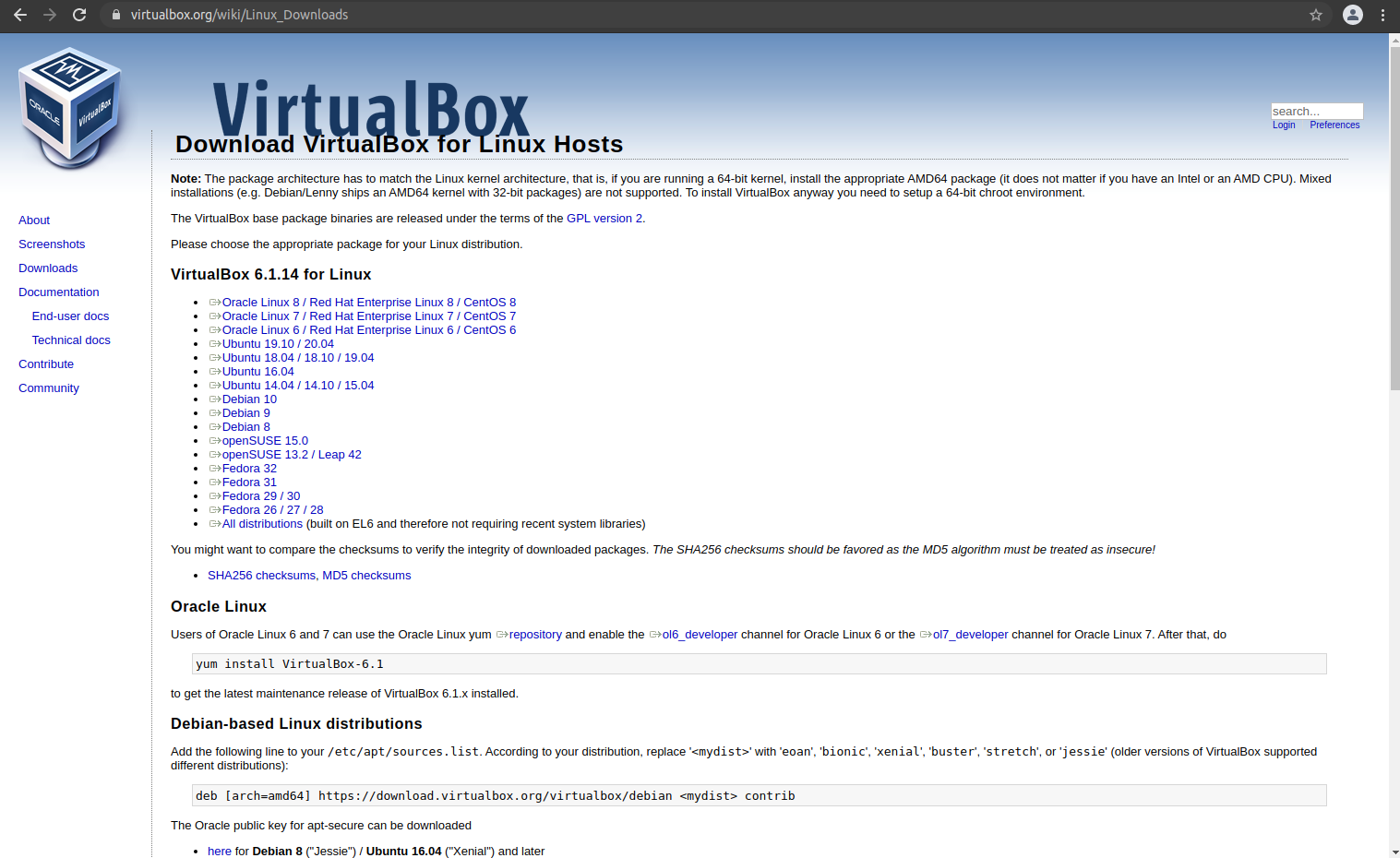
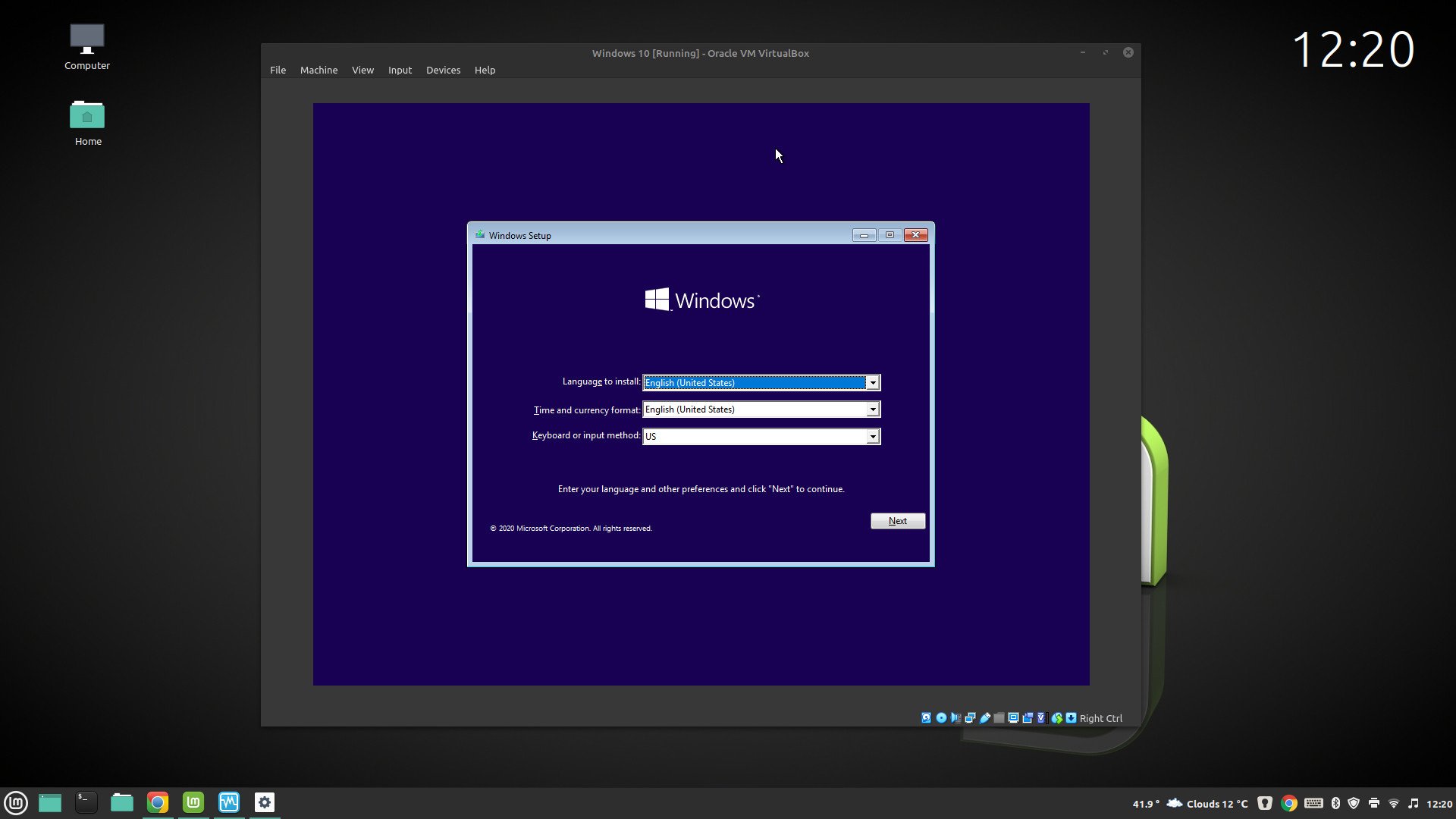
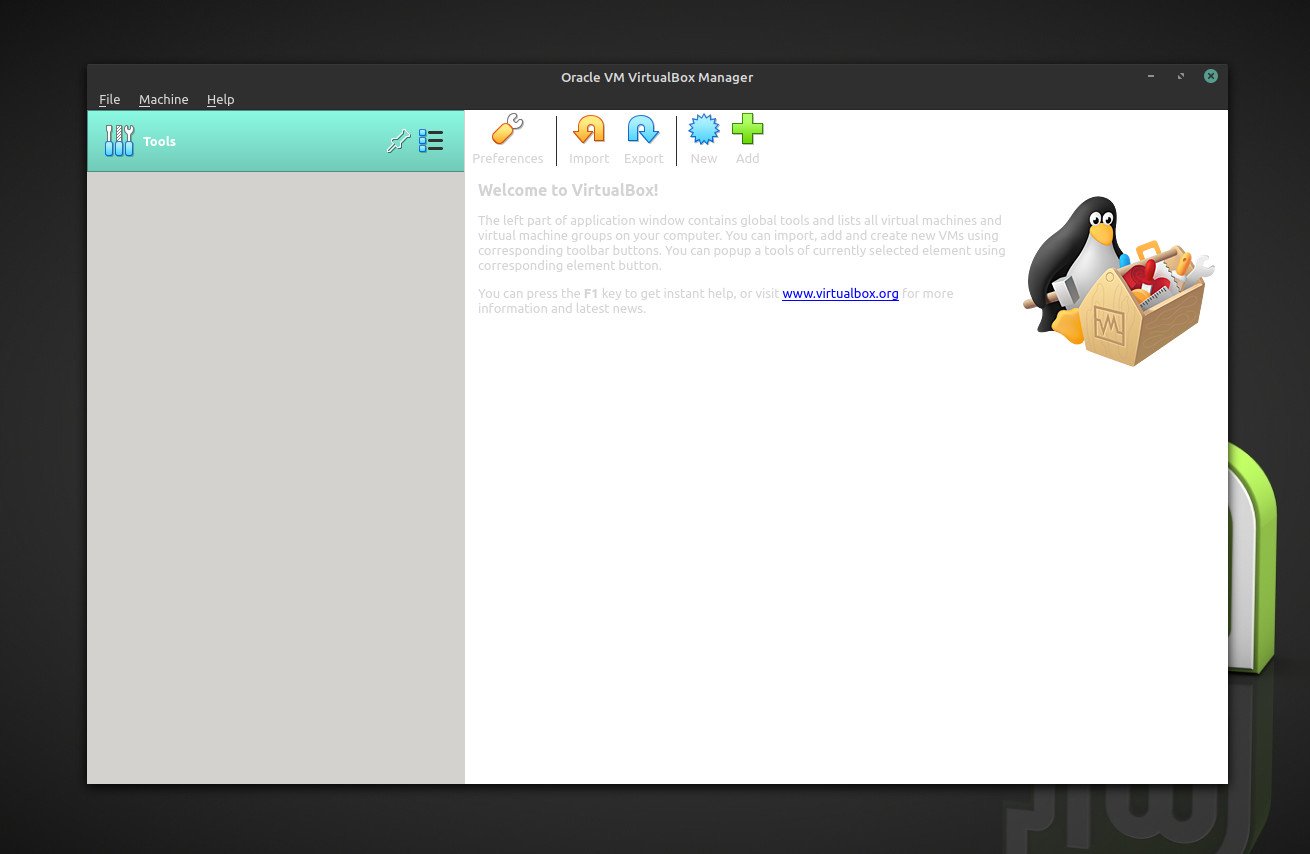
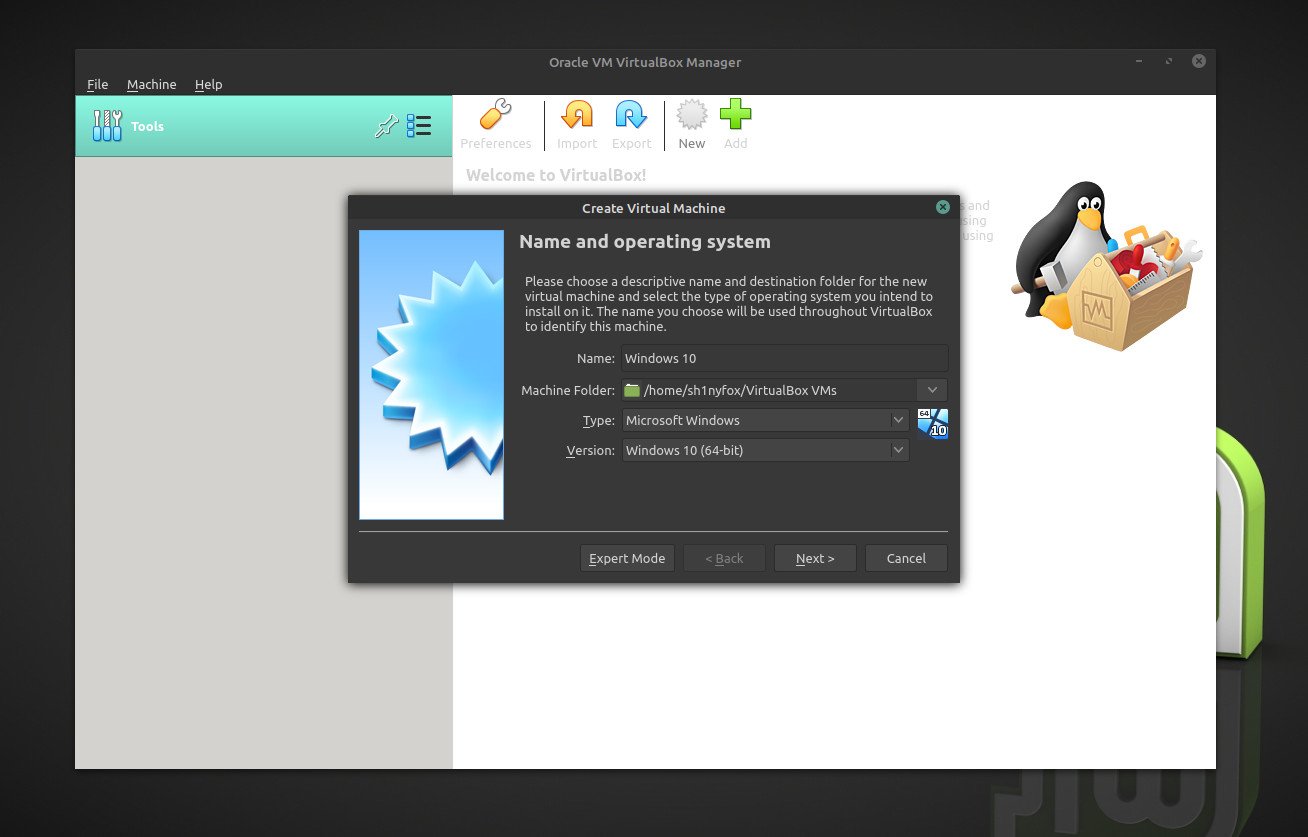
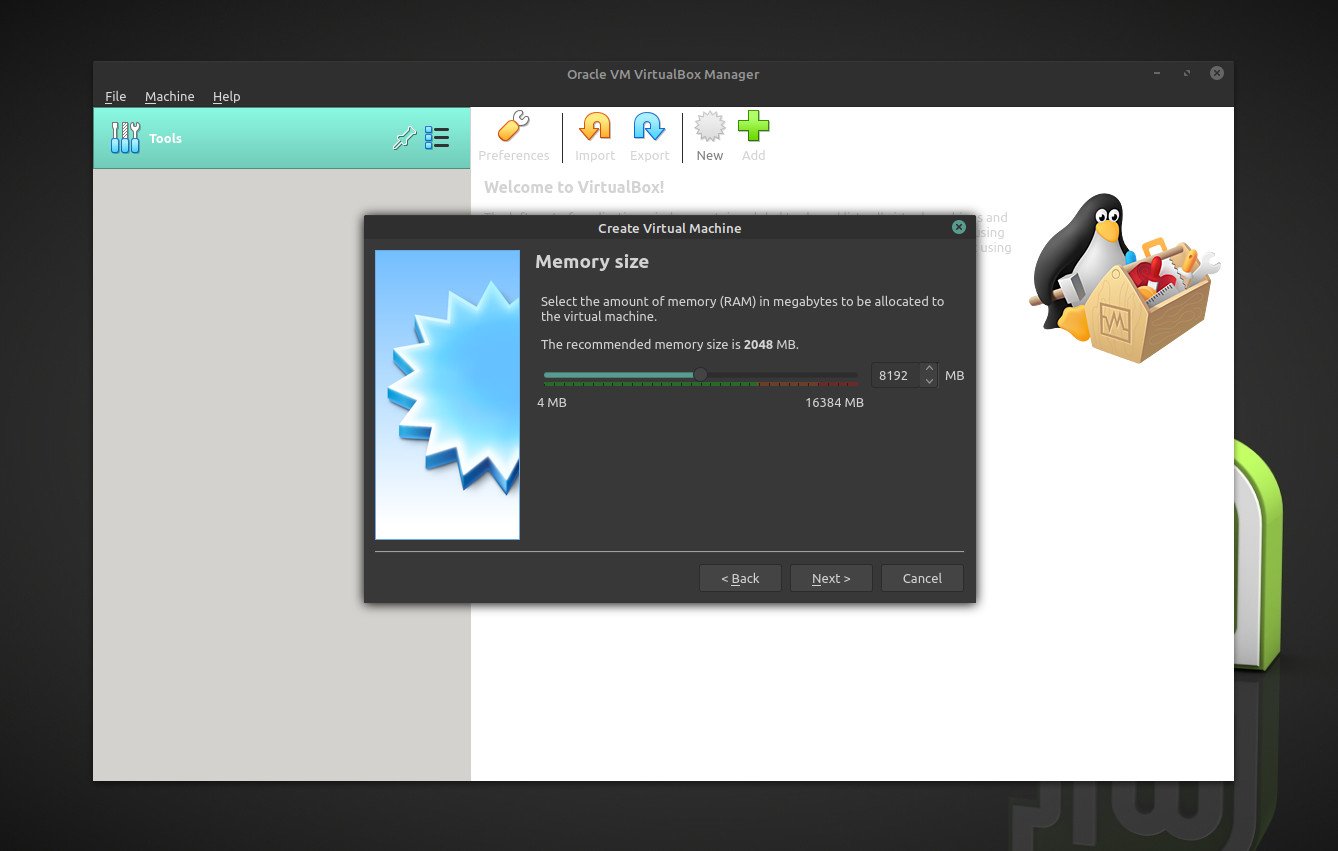
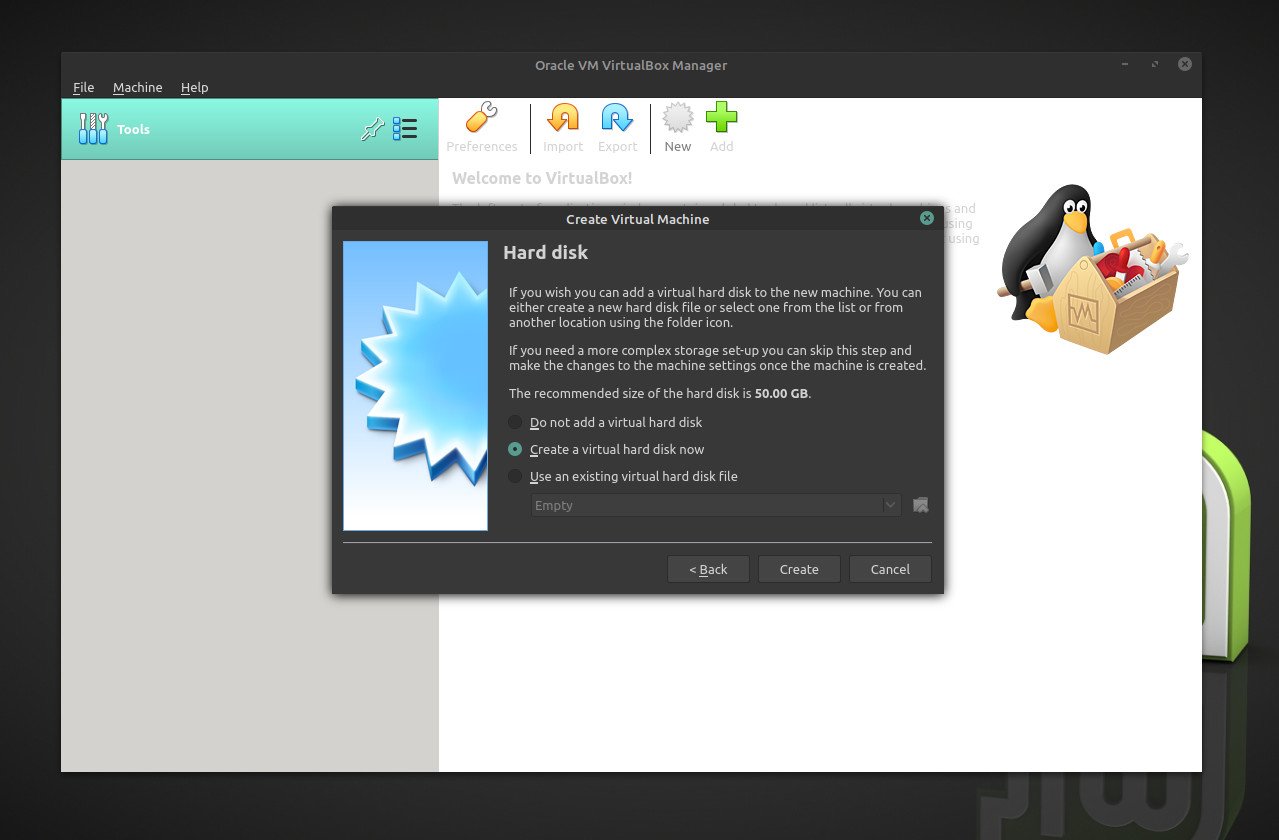
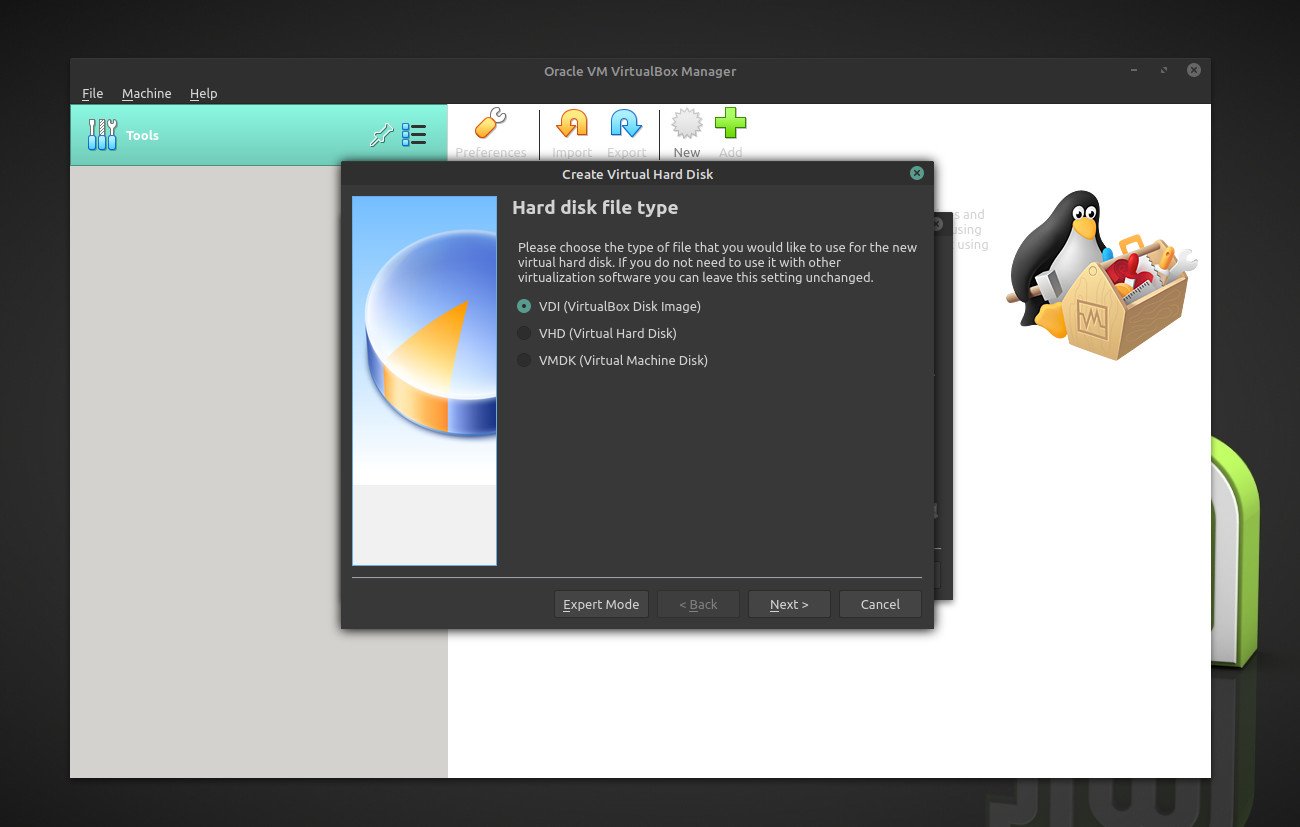
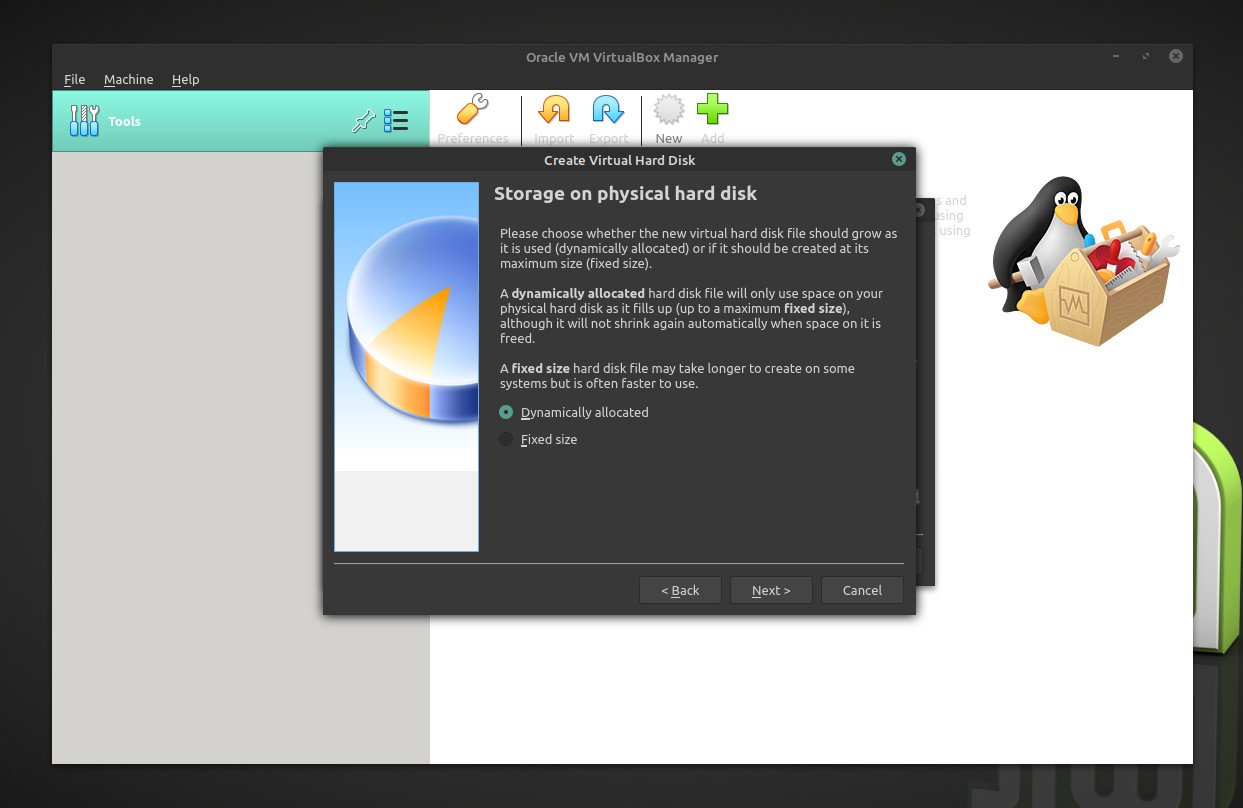
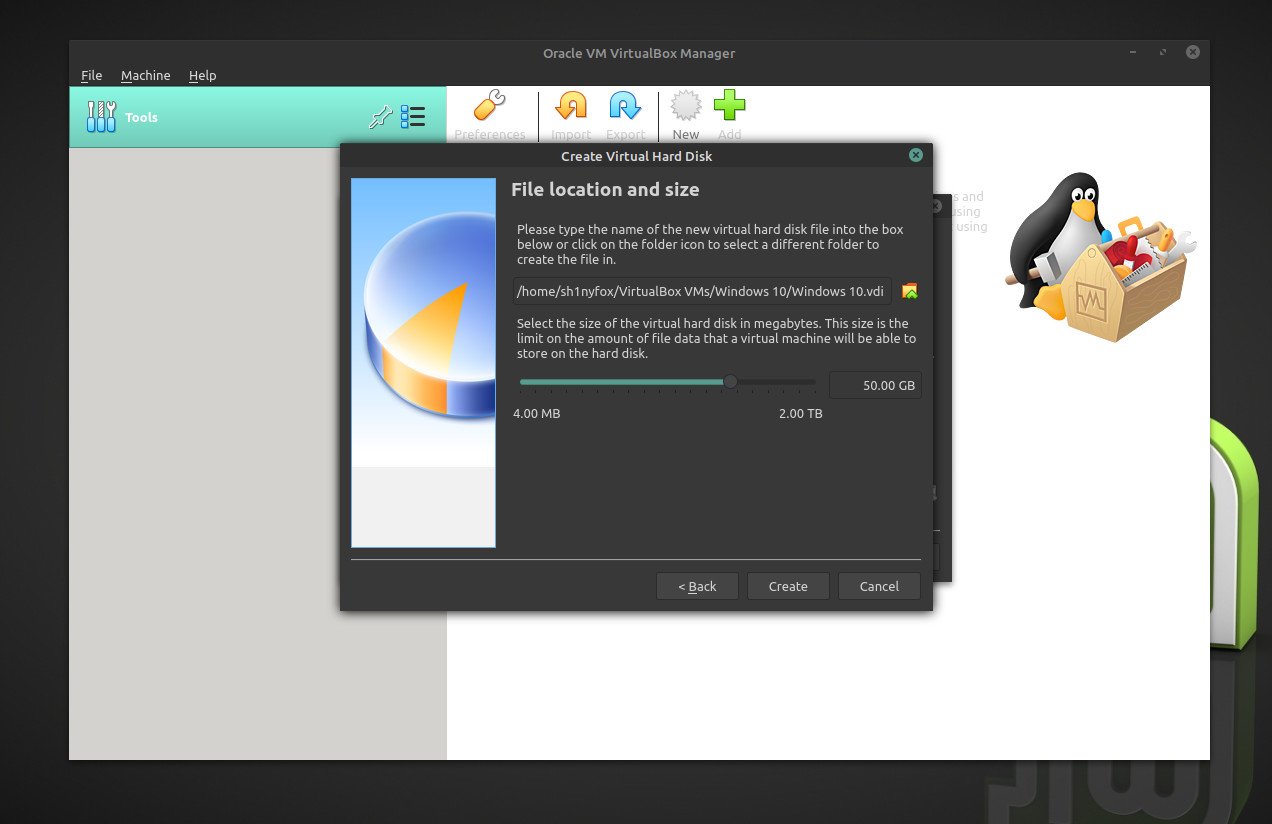
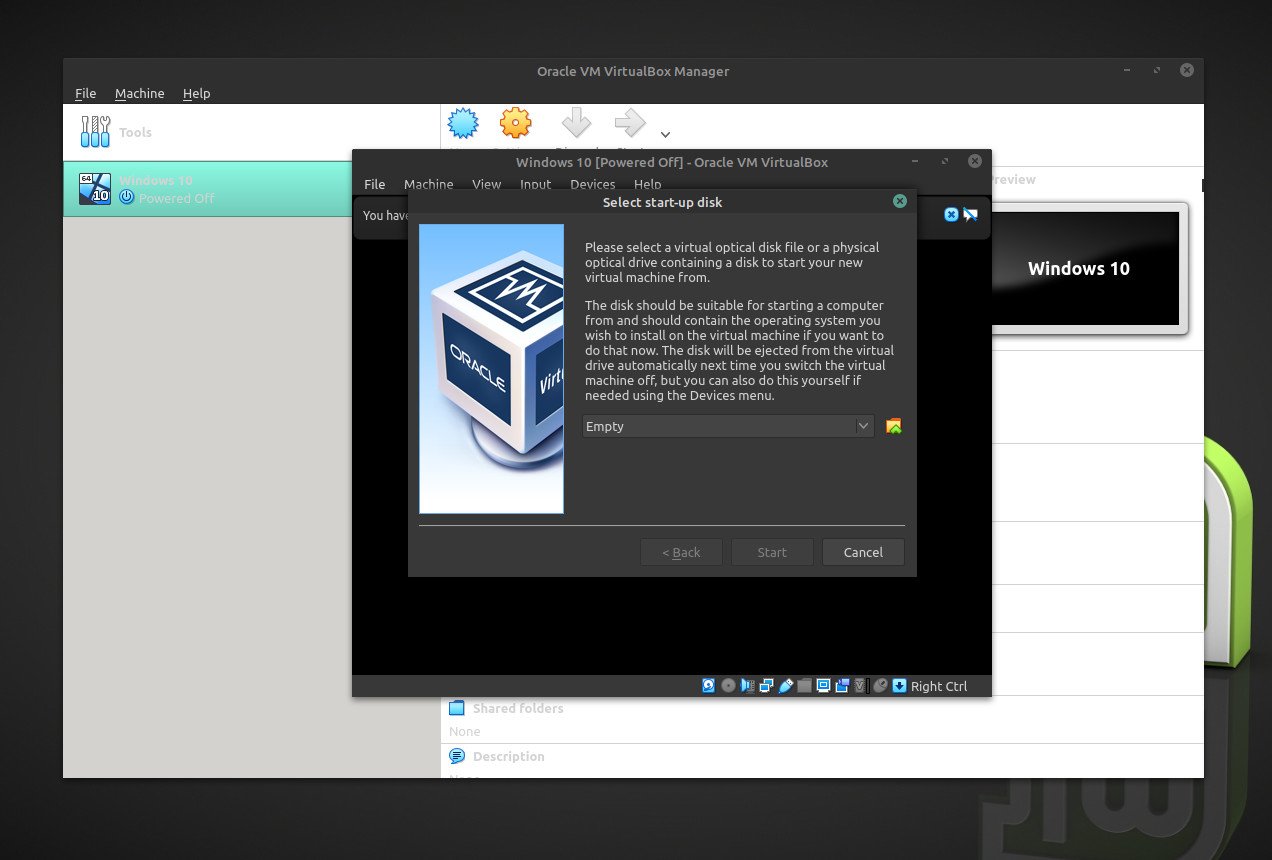
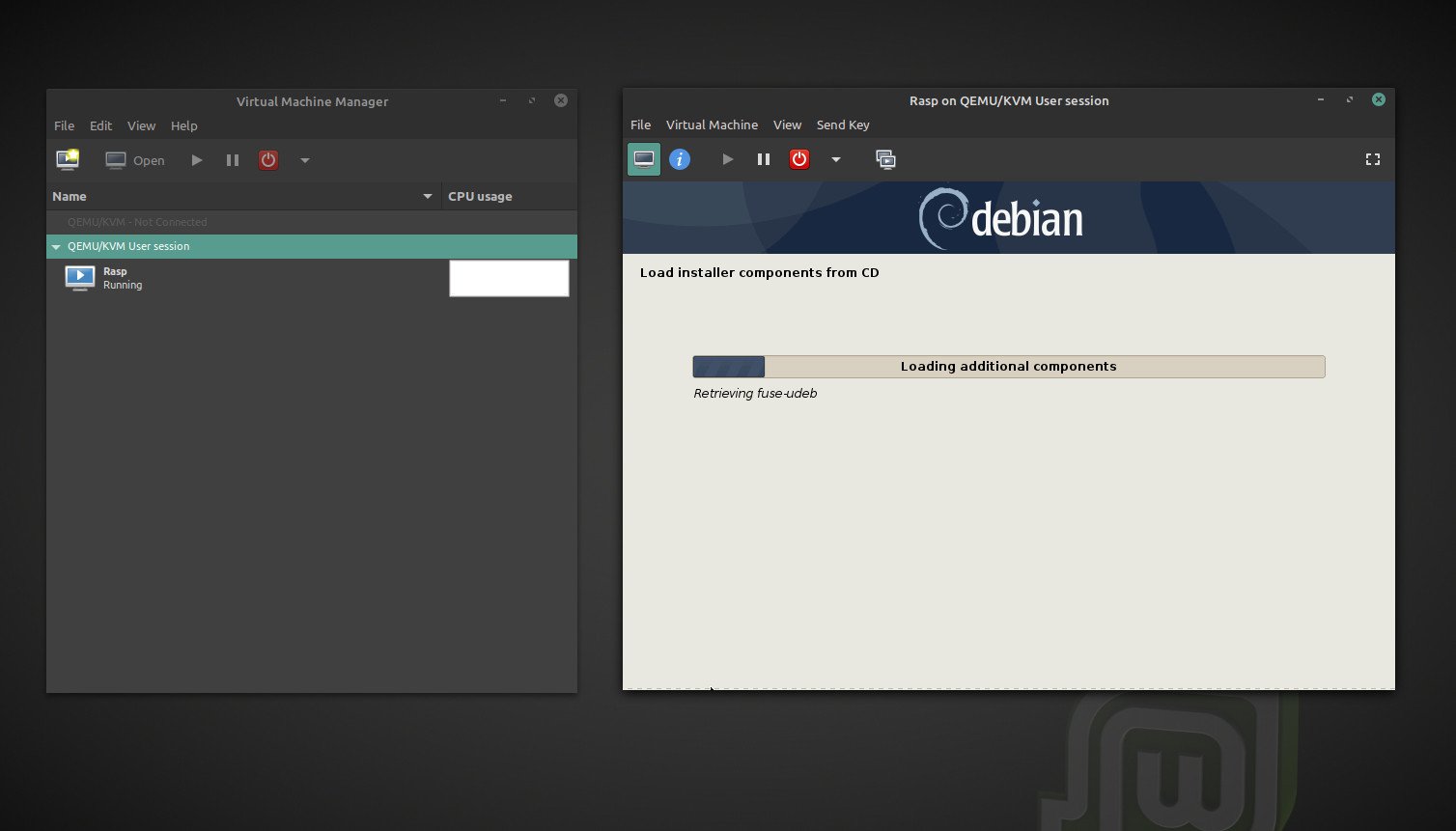




0 comments:
Post a Comment